Home> Company News> Experimental Study on Semiconductor Refrigeration Based on Ice Cream Machine
- AddressNo.4087 SHAHEXI ROAD, TIAOQIAO DISTRICT,JINAN,CHINA
- Factory AddressNo.4087 SHAHEXI ROAD, TIAOQIAO DISTRICT,JINAN,CHINA
- Worktime9:00-18:00
- Phone(Working Time)0531-85064681
- Phone(Nonworking Time)86-18660125156
- Fax0531-85064682
Experimental Study on Semiconductor Refrigeration Based on Ice Cream Machine
2018-12-17 14:44:25Semiconductor refrigeration is a novel energy conversion method, which has many advantages, such as small size, light weight, no wear, no noise, no direction, easy control of temperature, fast cooling speed and long working life.
Mini Desktop Soft Italian Ice Cream Machinery
Therefore, it has been paid attention to in the fields of household appliances, infrared, laser, electronics and aerospace in recent years, and has been applied more maturely [1]. Microwave sterilization machinery and equipment
The Principle of Semiconductor Refrigeration
Semiconductor refrigeration, also known as thermoelectric refrigeration, is a new refrigeration method through direct current. It mainly generates Peltier effect through P-N junction in special semiconductor materials to transfer heat. As can be seen from Fig.
1, there are two semiconductor materials connected between the two ceramic chips, one is P-type material on the left and the other is N-type material. When the current flows from N-type material to P-type material through the upper guide plate, the upper guide plate absorbs heat from the outside and becomes the cold end, while the lower guide plate is connected with the other.
Three Test System and Method In order to understand the heat of semiconductor refrigeration more thoroughly, a typical application of semiconductor refrigeration in daily life - ice maker is selected for experimental research.
Semiconductor refrigeration is used to heat the water in the cold-end container, while fan is used in the hot-end to make forced convection. In order to understand the performance changes of semiconductor refrigeration more truly, thermal insulation material is used to insulate the water container in order to achieve the effect of thermal insulation at the cold-end of the device.
In this experiment, the parameters of semiconductor refrigeration are recorded by refrigerator test system (fig. 2). During the test, the temperature and humidity of the laboratory are kept constant, and the wind speed is kept below 0.25m/s.
At the same time, three thermocouples are used to record the ambient temperature, the temperature of the hot end of semiconductor refrigeration and the water temperature in the cold end container.
In addition, the digital power meter is used to record the temperature of the environment, the temperature of the hot end of semiconductor refrigeration and The electrical parameters are recorded.
The total power of ice cream is recorded by the digital power meter. In order to study the performance of semiconductor refrigeration part in ice maker more accurately, the agitator motor is disconnected in the experiment, and the power of hot end fan and circuit board is deducted in the final power calculation.
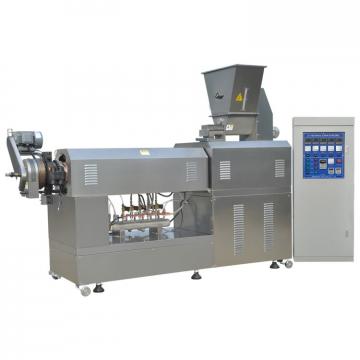 Factory Fruit and Vegetable Processing Machines/Quick Frozen Line/Food Processing Production Line for Daylily Production Line with High Output
Factory Fruit and Vegetable Processing Machines/Quick Frozen Line/Food Processing Production Line for Daylily Production Line with High Output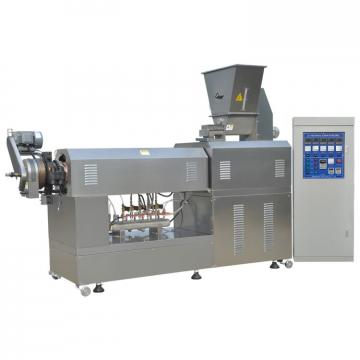 Factory Direct Sales PS Styrofoam Food Container Production Line
Factory Direct Sales PS Styrofoam Food Container Production Line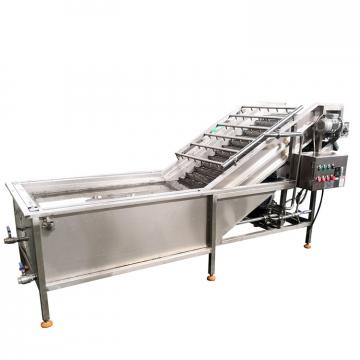 Complete Pure / Mineral Drinking Bottled Water Production Line Factory in Beverage / Food Area
Complete Pure / Mineral Drinking Bottled Water Production Line Factory in Beverage / Food Area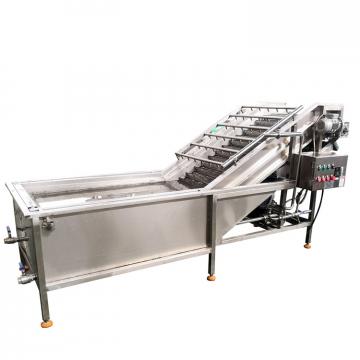 Cheetos Fried Food Production Factory Extruder Processing Line
Cheetos Fried Food Production Factory Extruder Processing Line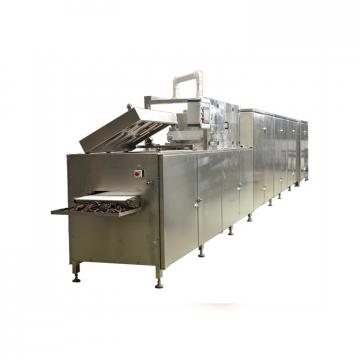 Automatic Mini Food Factory Macaroni Processing Line Pasta Production Line
Automatic Mini Food Factory Macaroni Processing Line Pasta Production Line
